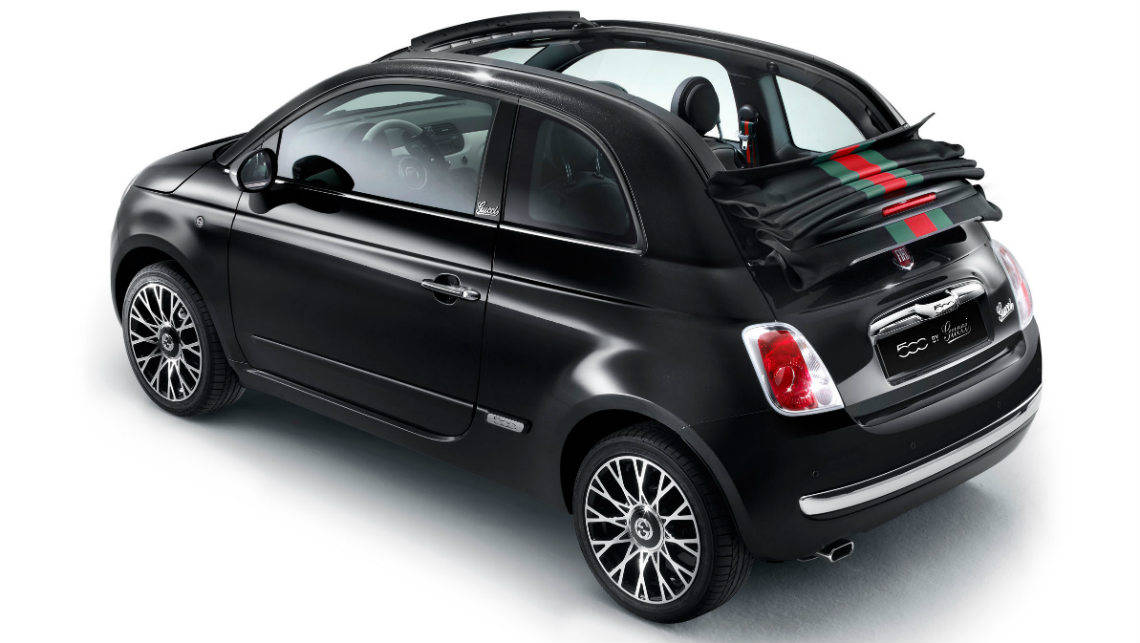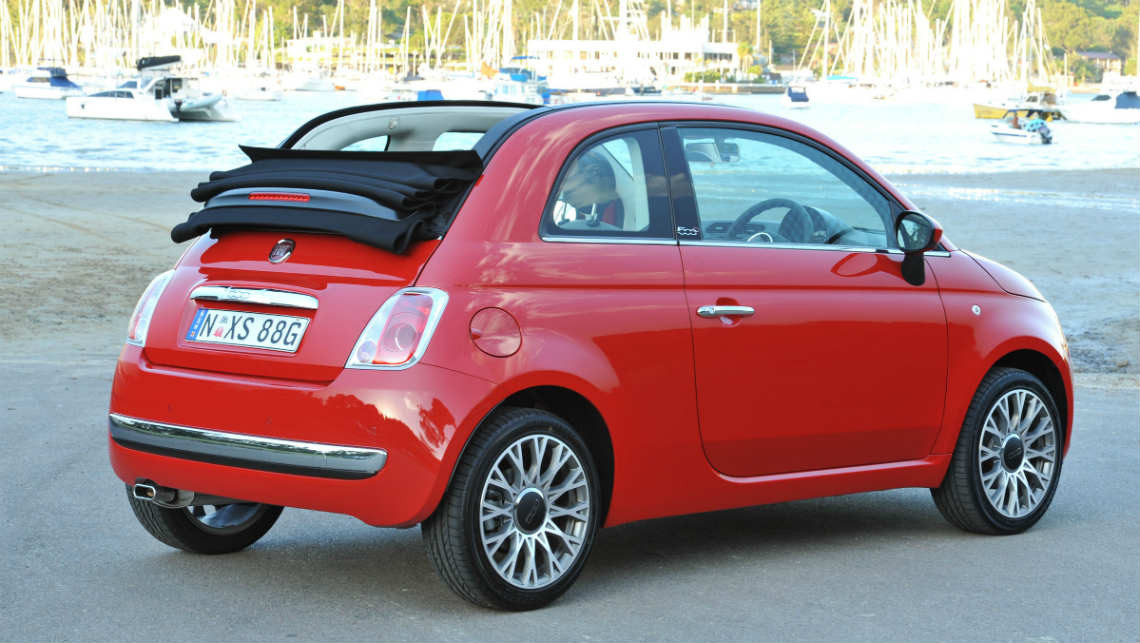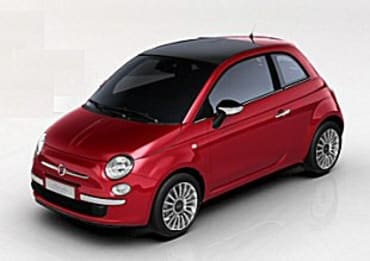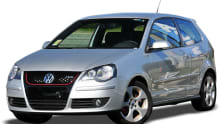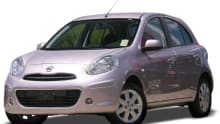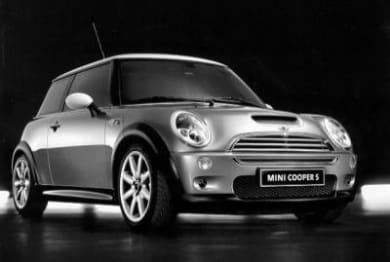
Used Fiat 500 review: 2008-2014
- Fiat 500
- Fiat 500 2008
- Fiat 500 2009
- Fiat 500 2010
- Fiat 500 2013
- Fiat 500 2014
- Fiat 500 2011
- Fiat 500 2012
- Fiat 500 Reviews
- Fiat Reviews
- Fiat Convertible Range
- Fiat Hatchback Range
- Convertible
- Hatchback
- Fiat
- Small Cars
- Used Car Reviews
The original Fiat 500, often called the Cinquecento (500 in Italian) was a tiny car that was a large hit when introduced in 1957, so it remained on the market for close to 20 years. Following the success of the modern Mini, now controlled by BMW, it came as no surprise that the bosses at Fiat decided to have a go at a similar concept.
This resulted in the launch of a retro-look but all-new Fiat 500 in 2007, exactly 50 years after the original.
Styling to match the earlier 500s was admired by all. As any Aussie tourists to Europe in recent year can testify these Nuova 500s are everywhere - often customised in a big way they add colour to the street scene in every capital city.
The new Fiat 500 is often still called the Cinquecento despite it having a range of engine sizes, all of them well over 500cc. It's a couple of sizes up on the old 500, partly to provide crash protection in the way of crumple zones and anti-intrusion bars, but also to give it reasonable interior space. It seems Italians are bigger these days than they were 50 years ago - as are Australians.
Australian imports of new Fiat 500 three-door hatchbacks began in February 2008, with a two-door cabriolet, a hatch with a huge fabric roof, joining the range two years later.
Sales weren’t particularly good as the original importer charged top dollar for the baby Fiats; they also imported Ferraris and Maseratis, so they were accustomed to charge what they thought the market would bear.
The pricing situation changed rapidly when Fiat’s head office took over Australian imports in May 2012. A series of price drops – which didn't exactly please existing owners – saw sales take off in a big way and the cute little Italian machines are now a common sight on Aussie roads. Usually in bright colours and with plenty of customisation.
Four adults can fit into this tiny car with more room to move than you would anticipate - and that's principally because they sit tall in the car.
Our favourite is the Fiat 500 by Gucci – a fascinating collaboration between two iconic Italian brands. Loaded with extras, plenty of chrome plating and the Gucci green-red-green theme used on the body (hatchback) or roof (cabriolet), seats and seatbelts, it certainly stands out from the crowd (my very fashionable wife just loves her Gucci).
Believe it or not, four adults can fit into this tiny car with more room to move than you would anticipate - and that's principally because they sit tall in the car. The resulting high driving position isn’t initially to all tastes, but owners report they quickly become accustomed to it.
Boot space isn’t great, but that's the price you pay for having a reasonable back seat. Though the volume of the cabriolet's boot is similar to that of the hatch it's harder to load through a smaller opening and is less versatile. Most owners are singles or couples and use the fold-down back seats to increase luggage space.
Around town the baby Fiat 500 buzzes in the traffic and can be slotted into minute parking spots. On long, open-road trips the busy ride and the equally busy little engine means it's less comfortable. The 500's short wheelbase can result in a choppy ride at times.
We have experienced several cars where a piece of sound-absorbing foam has fallen onto the floor beneath the glovebox – strange.
Fiat 500 is sold in several models: Pop, Lounge and Sport. There’s also a hot sports version called the Abarth 500 Esseesse (try saying SS with an Italian accent and the name suddenly makes sense).
Technically, the Abarth isn't sold as a Fiat - it should be referred to as an Abarth. It's the same with the crazily priced ($69,990) Abarth 695 Tributo Ferrari that’s crammed with Ferrari-type features, though it's only powered by a 1.4-litre turbo engine.
Fiat 500s come with petrol engine capacities of either 0.9L, 1.2L or 1.4L. The smallest unit has two cylinders (just like the old 500s) and is turbocharged. It has only been imported since 2012. The 1.2L and 1.4L are four-cylinder engines, with the 1.4L coming with or without a turbo – the blown examples being fitted in the hot Abarth tuned machines.
There are turbo-diesel options, initially with a size of 1.3L, which was upped to 1.4L midway through 2011. Given that the petrol engines are pretty economical the diesel seems like a bit of an overkill in Australia, but owners tell us they love the big torque it provides.
Transmissions are a five- or six-speed manual, or a five-speed automated manual. The latter, tagged as Dualogic, can be harsh in its changes in the low gears but smoothes out in fourth and fifth gears.
Since Fiat took over importation to Australia the company has spent bulk money on constructing new offices, spare parts warehouses and appointing new dealers. This bodes well for the future, but it’s still wise to check on sales and servicing in your locality before falling for the appealing body shape and the sheer joy of driving.
Insurance rates tend to vary more than normal from company to company, something that should settle down now Fiat is again part of the mainstream Australian car scene. Compare prices, but make sure you’re comparing apples with apples.
Checkout
The engine should start easily and idle relatively smoothly from the moment it kicks over.
The two-cylinder unit has different characteristics to four-cylinder engines, so don’t be put off by it. However, if you do suspect troubles call in an expert.
Gearchanges on the manual should be light and easy. Any sticking, particularly in lower gears, may mean an overhaul is due. Or it could be the clutch needs adjustment.
We haven’t heard of any problems in self-changing Dualogic manual gearbox, but if there’s any doubt have a Fiat mechanic check it out.
Look at the wheels to see if they have been kerbed, the front left is usually the first to suffer, but have a look at them all.
The interior is pretty well bulletproof, but we have experienced several cars where a piece of sound-absorbing foam has fallen onto the floor beneath the glovebox – strange.
Boot space is limited, particularly in the cabriolet, so look for damage caused by luggage being crammed in.
Wheels with a lot of brake dust inside them probably indicate a hard driver, not unusual in this quick little hottie.
Pricing
| Year | Price From | Price To |
|---|---|---|
| 2014 | $6,710 | $15,950 |
| 2013 | $5,060 | $12,760 |
| 2012 | $4,510 | $9,900 |
| 2011 | $5,060 | $9,130 |
| 2010 | $4,620 | $9,790 |
| 2009 | $4,400 | $9,460 |
| 2008 | $4,180 | $9,020 |
Pricing guides
Range and Specs
| Vehicle | Specs | Price* | |
|---|---|---|---|
| Pop | 1.2L, Diesel, 5 SP MAN | $4,290 – 6,380 | 2008 Fiat 500 2008 Pop Pricing and Specs |
| Sport | 1.4L, PULP, 5 SP AUTO | $4,950 – 7,260 | 2008 Fiat 500 2008 Sport Pricing and Specs |
| Lounge | 1.4L, PULP, 5 SP AUTO | $6,380 – 9,020 | 2008 Fiat 500 2008 Lounge Pricing and Specs |
Other cars to consider
$4,999
Lowest price, based on 8 car listings in the last 6 months


